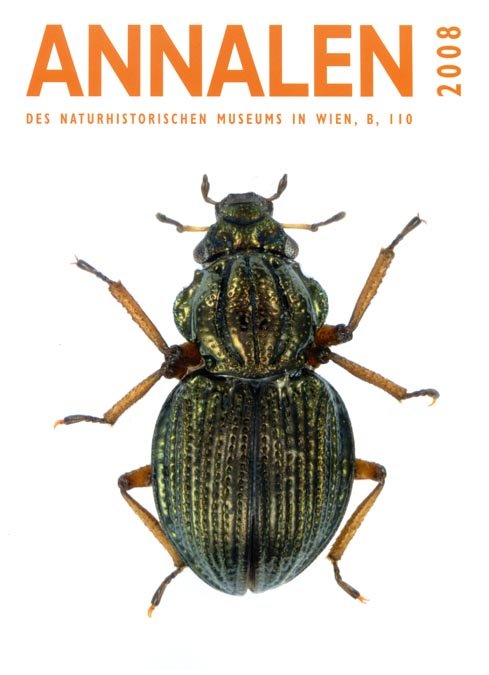

|
|
Dressler, R.L. 1971. El complejo de Encyclia fragrans en los países andinos. Orquideología 6(4): 195-203.
Abstract. The complex of species which resemble Encyclia fragrans (included in Epidendrum by many authors) all have much the same aspect, and there has been much confusion about their identity. The species long known as Epidendrum pentotis Reichenbach was first described, by Reichenbach himself, as Epidendrum baculus, and the correct name is thus Encyclia baculus. Similarly, the species well known as Ep. ionophlebium is correctly Encyclia chacaoensls. Encyclia fragrans was based on a plant from Jamaica. The Jamaican plants (Encyclia fragrans subspecies fragrans) are robust plants with rather slender pseudobulbs and flower from the mature pseudobulb. The plants of central and eastern Panama, northern South America and the Amazon basin (Encyclia fragrans subspecles aemula) have shorter pseudobulbs (usually ovoid) and flower from the new growth, before the pseudobulb has developed. Encyclia chlmborazoensls Is very similar to E. fragrans ssp. fragrans, but Its coexistence with E. fragrans ssp. aemula In central Panama indicates that it is a distinct species. The sepals and petals of E. chlmborazoensls are spotted with purple. The common "Epidendrum fragrans" of central Colombia proves to be Encyclia venezuelana. which is easily distinguished by the narrow base of the lip, and is very different from the true E. fragrans of northern South America in its narrow pseudobulbs and in flowering from the mature pseudobulb Encyclia lambda (syn. E. rueckerae) has been collected only a few times, and may be a natural hybrid of E. baculus and E. chacaoensls.
PDF [2.25 MB]
Pupulin, F. 2009. Typi Swartziani Orchidacearum Indiae Occidentalis in Herbario Vindobonense conservandi. Ann. Naturhist. Mus. Wien 110 B: 213—247.
Abstract. A leading authority in the taxonomy of the Orchidaceae, Olof Swartz contributed a large number of taxa new to the science from his journey to the Caribbean in 1784–1786. Most of Swartz‘s collections are kept at the Regnellian Herbarium (part of Swedish Museum of Natural History), but duplicates of the materials he collected in the West Indies may be found today in several European herbaria, including the herbarium of Joseph Banks (now at the Brithish Museum), the herbarium of the Bergius Foundation in Stockholm, the Carl Peter Thunberg herbarium at the Uppsala University, and the herbarium of the Botanical Garden & Museum of the Natural History Museum of Denmark, University of Copenhagen. Less known is the rich collection of 'Swartz' type specimens conserved at the Naturhistorisches Museum in Vienna, which are incorporated in the herbarium of Heinrich Gustav Reichenbach. In view of the importance of historic type material to provide nomenclature stability, mainly for what concerns old binomials, and the ongoing effort to form a register of all the Caribbean taxa published by Swartz, an annotated catalogue of 'Swartz' type material at W is presented. The quality of the material at W is mostly outstanding, and it is important for taxonomists working on the Caribbean, and in general with the Neotropical orchid flora, to take in consideration W in their search for original Swartz specimens. Forty-four sheets corresponding to 41 species originally described by Swartz on the basis of West Indian collections are included in the catalogue, 43 of which are isotypes and one a drawing of type. Other drawings by Swartz, mounted on the specimen sheets, are also annotated in the catalogue. Homotypic synomyms based on 'Swartz' names are listed, together with the currently accepted nomenclature for each taxon.
Key Words: Olof Swartz, Herbarium Naturhistorisches Museum Wien, Orchidaceae, types.
PDF [536 Kb] |

